For nearly two centuries, paleontologists and evolutionary biologists have waged intellectual battles over a fundamental question about dinosaurs: were these magnificent creatures warm-blooded like modern mammals and birds, or cold-blooded like today’s reptiles? This controversy, often called the dinosaur “blood wars,” has shaped our understanding of dinosaur physiology, behavior, and evolutionary relationships. Despite remarkable fossil discoveries and cutting-edge analytical techniques, a definitive consensus remains elusive. Evidence continues to accumulate on both sides, with some findings suggesting dinosaurs might have exhibited an intermediate or mixed metabolic strategy that defies our neat modern categories. This enduring scientific debate offers fascinating insights into how we interpret prehistoric life and the complexities of evolutionary biology.
The Origins of the Warm vs. Cold-Blooded Debate
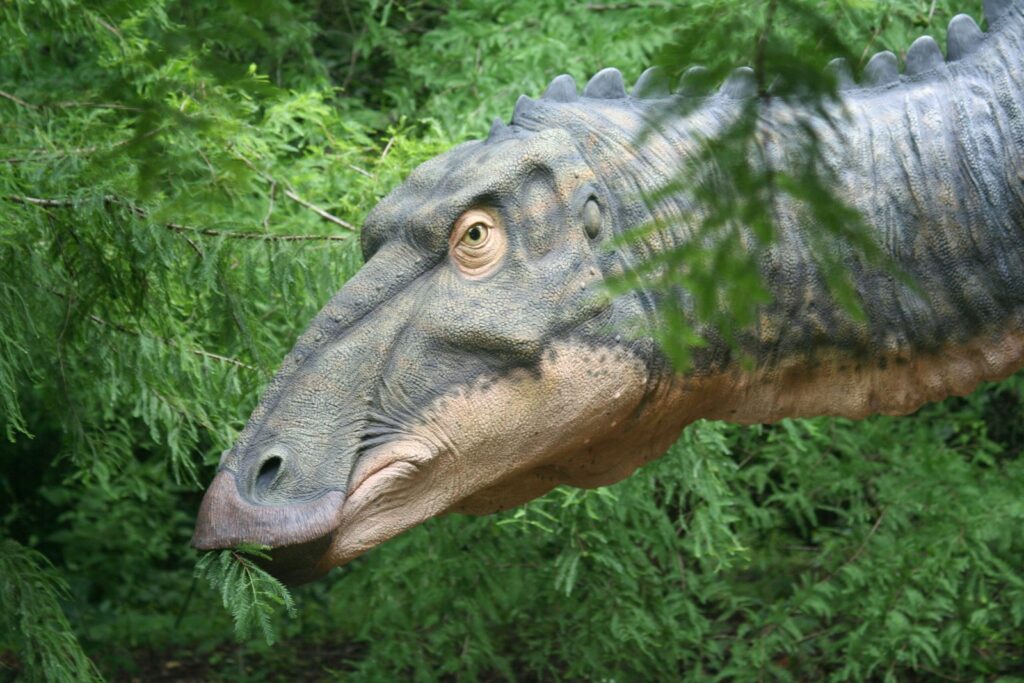
The question of dinosaur metabolism dates back to the earliest days of paleontology in the 19th century. When dinosaurs were first scientifically described, they were automatically classified as reptiles based on skeletal similarities, which carried the implicit assumption that they were cold-blooded ectotherms. This traditional view dominated scientific thought until the 1960s, when paleontologist Robert Bakker and his mentor John Ostrom began challenging this orthodoxy. They observed features in dinosaur anatomy that suggested active lifestyles incompatible with typical reptilian metabolism. Bakker’s influential 1968 paper and subsequent popular book “The Dinosaur Heresies” dramatically reframed dinosaurs as active, dynamic creatures rather than the slow, sluggish reptiles portrayed in earlier scientific literature. This revolutionary perspective, often called the “Dinosaur Renaissance,” sparked decades of intense scientific investigation and public fascination with dinosaur physiology that continues unabated today.
Understanding Endothermy and Ectothermy
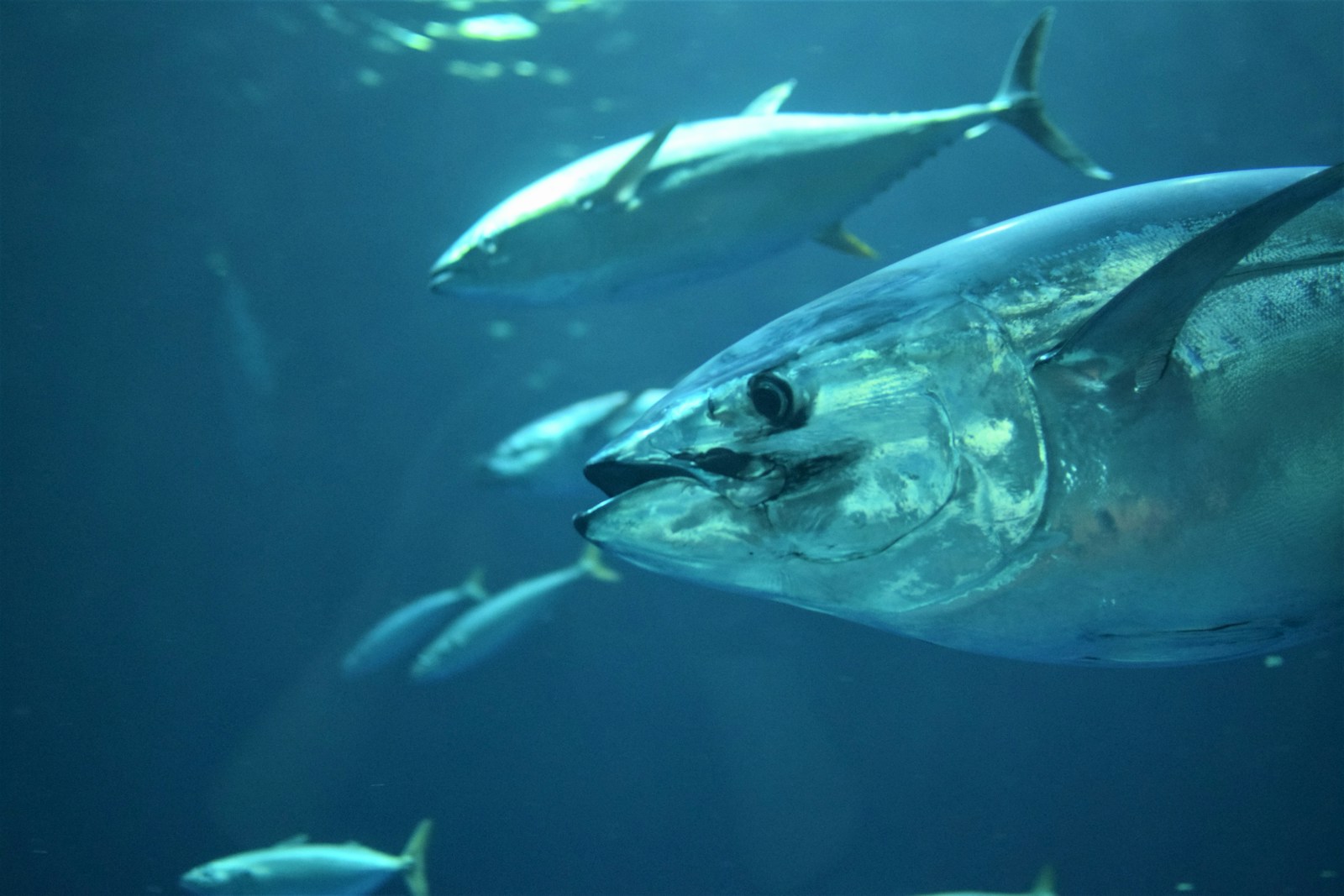
To properly frame the dinosaur metabolism debate, we must first understand the fundamental difference between endothermy (warm-bloodedness) and ectothermy (cold-bloodedness). Endothermic animals, including mammals and birds, maintain relatively constant internal body temperatures through metabolic heat production, regardless of environmental conditions. This energy-intensive strategy allows for sustained activity but requires substantial food intake. Ectothermic animals like modern reptiles and amphibians primarily rely on external heat sources to regulate body temperature, which conserves energy but limits activity in cold environments. However, biology rarely adheres to such neat categories. Some modern animals, like tuna and certain insects, employ regional endothermy, while others like echidnas maintain lower body temperatures than typical mammals. This biological complexity makes the dinosaur metabolism question particularly challenging, as prehistoric creatures might have employed physiological strategies without perfect modern analogues.
Anatomical Evidence for Warm-Blooded Dinosaurs

The anatomical structure of many dinosaurs provides compelling evidence for endothermy. Particularly significant are the presence of Haversian canals in dinosaur bones, microscopic structures that facilitate blood vessel growth and are typically associated with high metabolic rates in modern animals. Many dinosaurs also possessed hollow bones (pneumaticity) similar to birds, which potentially indicates high-energy metabolisms requiring efficient oxygen delivery systems. The upright, “columnar” limb posture of dinosaurs differs markedly from the sprawling gait of most ectothermic reptiles and suggests adaptations for sustained activity and efficient locomotion. Some dinosaur groups, particularly theropods, show evidence of insulating structures like proto-feathers, which would have helped retain metabolically generated heat—a feature unnecessary for purely ectothermic animals. Perhaps most telling is the presence of growth rings in dinosaur bones that indicate rapid, continuous growth more similar to mammals than modern reptiles. These anatomical features collectively build a case for dinosaurs having metabolic rates higher than typical modern reptiles.
Evidence Supporting Cold-Blooded Dinosaurs
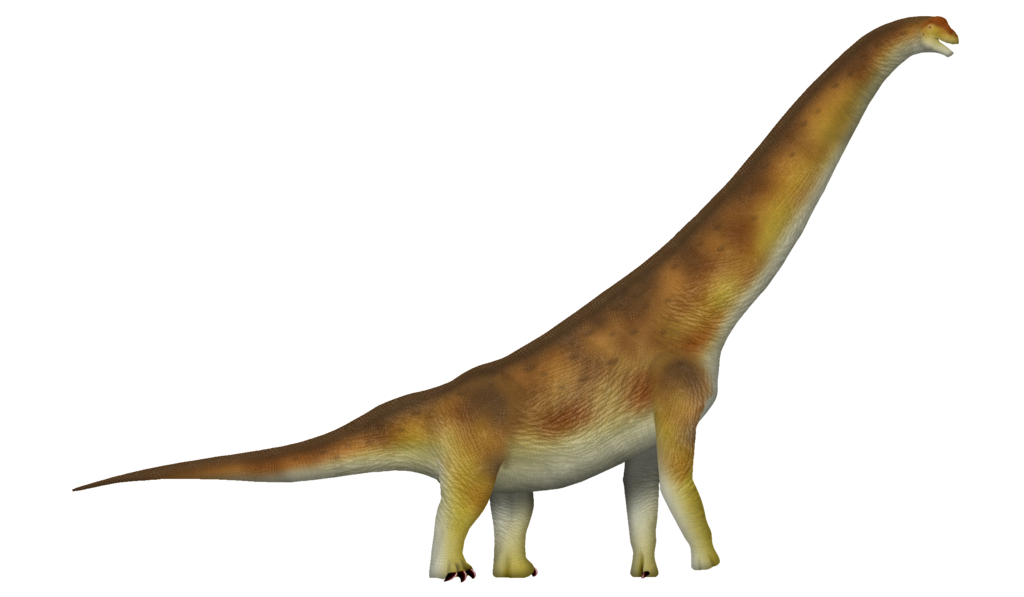
Despite the compelling case for dinosaur endothermy, significant evidence supports the traditional view of dinosaurs as ectothermic creatures. Some dinosaur fossils show bone growth patterns with distinct lines of arrested growth (LAGs), similar to those seen in modern reptiles, suggesting seasonal growth influenced by environmental conditions rather than constant growth typical of endotherms. The massive size of many dinosaurs, particularly sauropods like Brachiosaurus and Diplodocus, presents a “gigantothermy” argument—that their enormous body mass would have naturally regulated temperature without requiring mammal-like metabolic rates, similar to how modern large reptiles like leatherback turtles maintain relatively stable body temperatures. Research on dinosaur brain size relative to body mass has sometimes indicated proportions more similar to reptiles than mammals or birds, potentially suggesting lower metabolic demands. Additionally, some paleontologists argue that the environmental conditions of the Mesozoic Era, generally warmer and more stable than today’s climate, would have been particularly conducive to ectothermic lifestyles, allowing dinosaurs to maintain active lifestyles without full endothermy.
Isotope Analysis and Body Temperature Studies
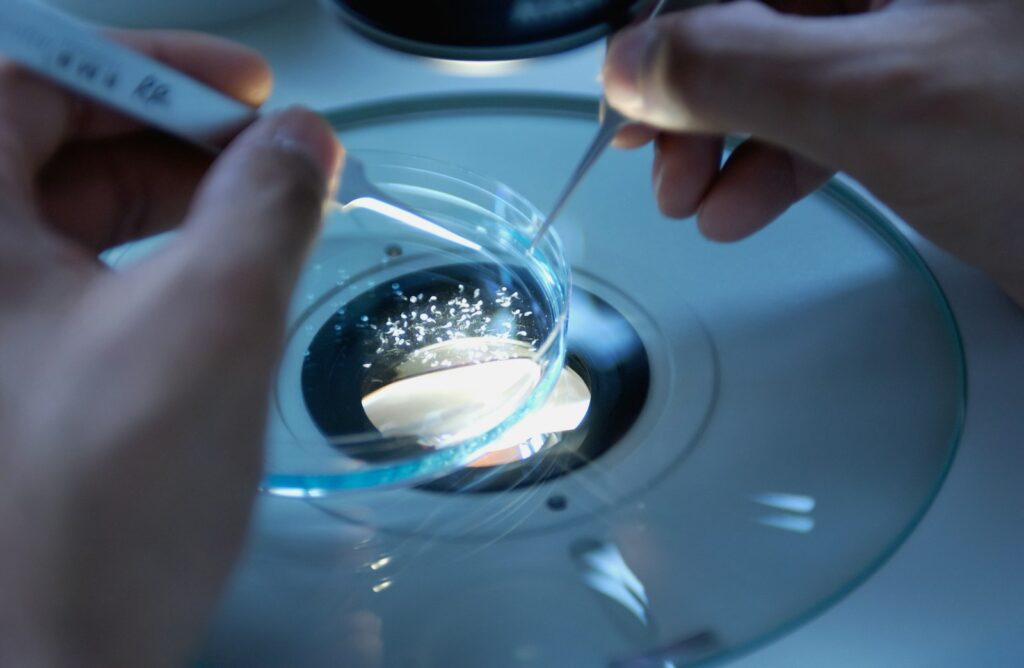
Modern analytical techniques have provided new insights into the dinosaur metabolism debate through direct evidence of body temperatures. One particularly powerful method involves measuring isotope concentrations in fossil teeth and eggshells, which can indicate the temperature at which these structures formed. Groundbreaking research by Robert Eagle and colleagues used “clumped isotope thermometry” on sauropod teeth, finding body temperatures between 36-38°C (96.8-100.4°F)—comparable to modern mammals. However, these high temperatures could result from either endothermic metabolism or simply the heat-retention properties of enormous body size. Similar studies on smaller theropod dinosaurs have yielded temperatures suggesting metabolic heat production. Another approach examines the ratio of oxygen isotopes in different parts of individual fossils, which can reveal temperature gradients across the animal’s body. These studies have produced mixed results, with some dinosaurs showing relatively uniform body temperatures suggestive of endothermy, while others display more variation consistent with ectothermy. This isotopic evidence underscores the complexity of dinosaur physiology and suggests that different dinosaur groups may have employed different thermoregulatory strategies.
The Bird Connection: Evidence from Theropods

The evolutionary relationship between dinosaurs and birds provides some of the strongest evidence for dinosaur endothermy, particularly among theropod dinosaurs. The discovery of numerous feathered dinosaur fossils in China’s Liaoning Province revolutionized our understanding of this connection, revealing that many non-avian theropods possessed insulating structures remarkably similar to modern bird feathers. These integumentary structures, ranging from simple filaments to complex branched feathers, strongly suggest these dinosaurs regulated body temperature metabolically. Detailed studies of dinosaur respiratory systems have revealed air sac systems and flow-through lungs remarkably similar to those of modern birds—adaptations associated with high metabolic demands and oxygen requirements. The discovery of brooding behaviors in oviraptorid dinosaurs, where adults sat atop nests similar to modern birds, suggests they may have been warming eggs with body heat—a behavior typically associated with endothermy. Many small theropods also show anatomical adaptations for high activity levels, including large brain cases, advanced sensory capabilities, and limb proportions suited for rapid movement. This constellation of avian features in theropods presents compelling evidence that at least this dinosaur lineage possessed warm-blooded metabolisms similar to their bird descendants.
Growth Rate Analysis: What Dinosaur Bones Tell Us

One of the most informative approaches to determining dinosaur metabolism involves analyzing their growth patterns through bone histology—the microscopic study of bone structure. By examining thin sections of fossilized bones under microscopes, paleontologists can observe growth rings similar to tree rings that reveal how quickly dinosaurs grew. Groundbreaking research by Gregory Erickson and colleagues demonstrated that many dinosaurs grew at rates far exceeding modern reptiles and comparable to birds and mammals. Tyrannosaurus rex, for example, gained up to 2kg per day during its peak growth phase—rates impossible for ectothermic animals but consistent with endothermic metabolism. However, growth rates varied significantly among dinosaur groups. Large sauropods showed extremely rapid growth, reaching adult size in just one or two decades despite weighing dozens of tons. Some ornithischian dinosaurs displayed intermediate growth rates, faster than modern reptiles but slower than typical mammals. These variable growth patterns suggest dinosaur metabolism may have spanned a spectrum rather than fitting neatly into modern categories. The consistent finding of rapid growth across many dinosaur lineages, however, strongly suggests most dinosaurs had elevated metabolic rates compared to modern non-avian reptiles.
Mesothermy: A Middle Ground Theory

As evidence accumulated suggesting dinosaurs didn’t fit neatly into either the endothermic or ectothermic category, researchers proposed an intermediate metabolic strategy called mesothermy or “lukewarm-bloodedness.” This hypothesis, championed by paleontologists like John Grady and Felisa Smith, suggests many dinosaurs maintained body temperatures and metabolic rates between those of modern reptiles and mammals. A landmark 2014 study published in Science analyzed growth rates, metabolism, and body temperatures across hundreds of living and extinct species, concluding that dinosaurs occupied a unique physiological category. Mesothermy would have provided significant advantages, allowing dinosaurs to maintain relatively stable body temperatures and higher activity levels than ectotherms while requiring less food than true endotherms. This metabolic middle ground might explain the extraordinary success and diversity of dinosaurs across various environmental conditions throughout the Mesozoic Era. The mesothermy hypothesis also aligns with evidence that dinosaur physiology likely evolved over time, with some lineages (particularly those leading to birds) developing increasingly endothermic characteristics while others maintained more intermediate metabolic strategies.
Ecological Implications of Dinosaur Metabolism

The metabolic status of dinosaurs has profound implications for understanding their ecological roles and behaviors. Endothermic animals typically require 5-10 times more food than comparable ectotherms, which would significantly impact how we understand dinosaur population densities and predator-prey relationships. If large predatory dinosaurs like Tyrannosaurus were fully endothermic, they would have required substantial hunting territories and frequent kills, fundamentally altering interpretations of dinosaur community structures. Metabolism also directly influences activity patterns and habitat preferences. Warm-blooded dinosaurs could have remained active during cooler seasons and nights, while ectothermic dinosaurs would have been more dependent on environmental heat sources. This distinction becomes particularly relevant when considering dinosaurs that lived in high latitudes with seasonal temperature variations or during cooler periods of the Mesozoic. Evidence of dinosaurs in ancient polar regions, where they would have experienced months of darkness and cooler temperatures, presents a compelling case for at least some degree of endothermy in these populations. The question of dinosaur metabolism thus extends far beyond physiological curiosity, shaping our entire understanding of how dinosaur ecosystems functioned.
How Different Dinosaur Groups May Have Differed
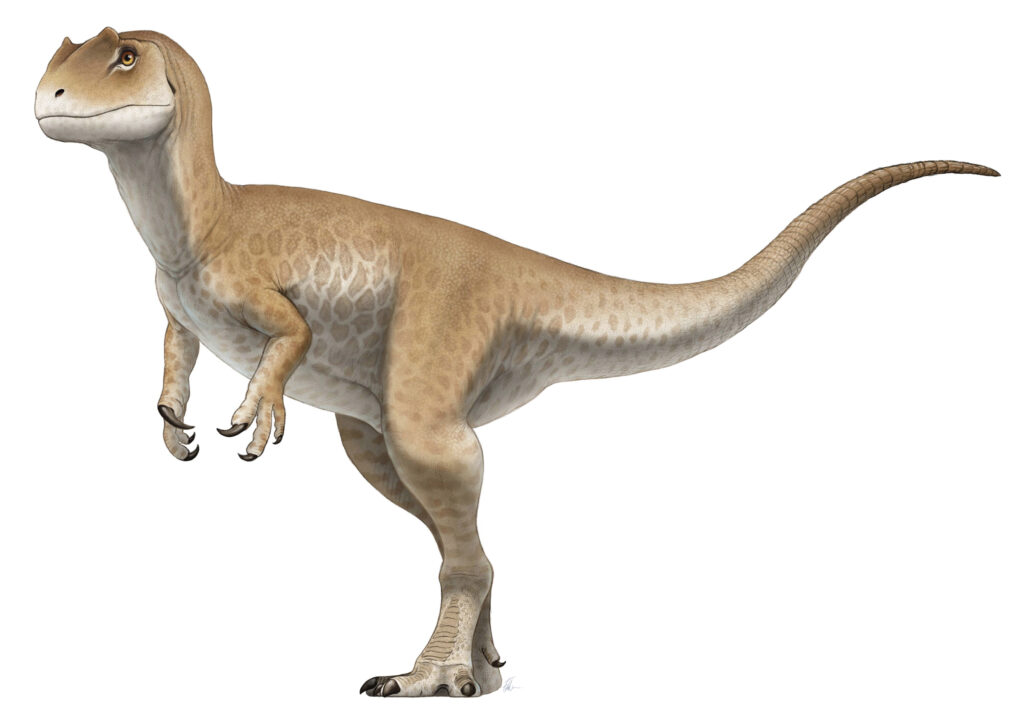
Increasing evidence suggests dinosaur metabolism was not uniform across all species but likely varied between major groups and evolved over time. Theropod dinosaurs, particularly smaller, feathered varieties closely related to birds, show the strongest evidence for true endothermy through rapid growth rates, insulating structures, and bird-like respiratory systems. Large sauropods may have employed gigantothermy combined with elevated base metabolic rates, allowing these massive animals to maintain stable body temperatures while requiring proportionally less food than if they were true endotherms. Ornithischian dinosaurs (including duck-bills, horned dinosaurs, and stegosaurs) present more mixed evidence, with some studies suggesting metabolic rates intermediate between modern reptiles and mammals. Some researchers have proposed that juvenile dinosaurs might have had different metabolic strategies than adults, potentially exhibiting higher mass-specific metabolic rates to support rapid growth before transitioning to more energy-efficient adult metabolisms. This diversity of approaches reflects the extraordinary adaptive radiation of dinosaurs across 165 million years, during which they evolved numerous solutions to the challenges of different body sizes, diets, and environmental conditions.
Modern Research Technologies Changing the Debate
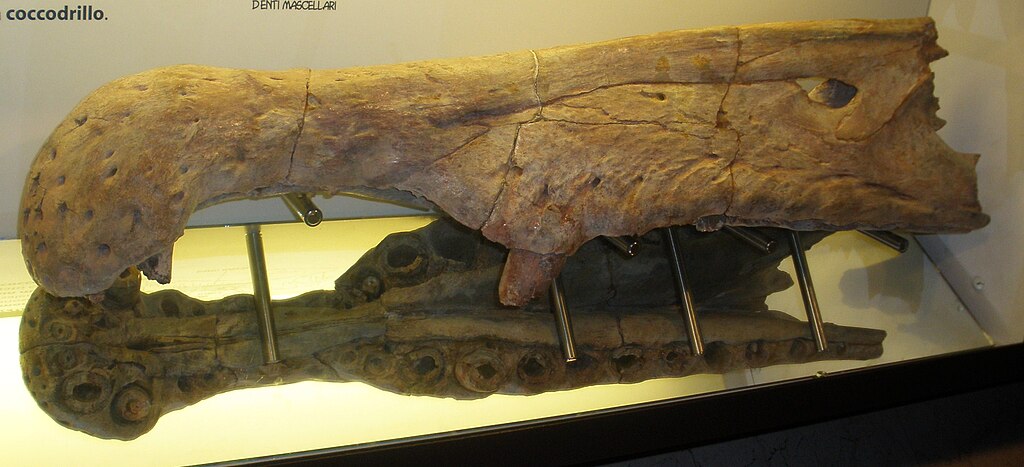
Technological advances continue to provide revolutionary new insights into the dinosaur metabolism question. Synchrotron imaging, which uses high-energy X-rays from particle accelerators, allows researchers to examine microscopic bone structures without destroying valuable fossils, revealing growth patterns and vascular structures associated with different metabolic strategies. Advanced computed tomography (CT) scanning has enabled detailed reconstruction of dinosaur brain cases, nasal passages, and potential thermoregulatory structures that offer clues about metabolic demands. Sophisticated computer modeling now allows paleontologists to simulate heat production, retention, and loss in dinosaur bodies under various environmental conditions, testing hypotheses about thermoregulation strategies. Molecular paleontology has begun recovering and analyzing proteins preserved in exceptionally well-preserved fossils, potentially offering direct evidence of physiological adaptations. Perhaps most promising is the field of paleogenomics, where researchers have recovered fragmented DNA and proteins from increasingly ancient specimens, raising the possibility of eventually detecting genetic markers associated with endothermy. These technological innovations continue to reshape the dinosaur metabolism debate, frequently challenging established ideas and revealing the limitations of simple endotherm-ectotherm dichotomies.
The Evolution of Endothermy in the Dinosaur Lineage
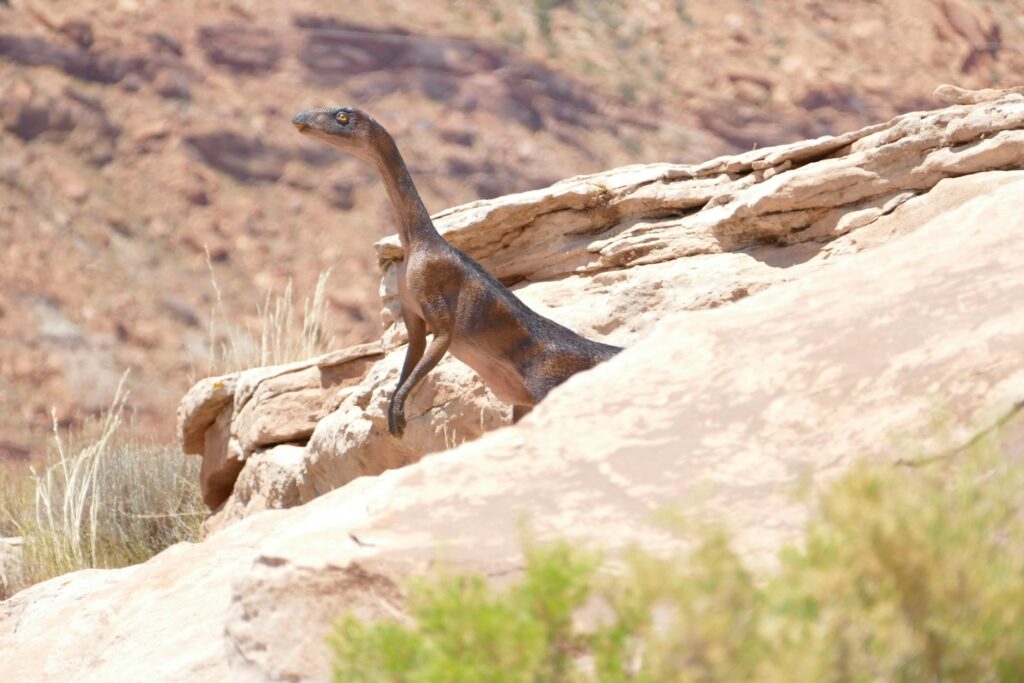
Rather than viewing dinosaur metabolism as a static characteristic, many researchers now consider it an evolving trait that developed gradually throughout the Mesozoic Era. The earliest dinosaurs, emerging approximately 235 million years ago in the Late Triassic period, likely possessed metabolic rates somewhat elevated compared to other reptiles but not fully endothermic. Evidence suggests that elevated metabolism may have been an ancestral trait of the archosaur group that includes both dinosaurs and crocodilians, with crocodilians secondarily evolving lower metabolic rates. Throughout the Jurassic period (201-145 million years ago), various dinosaur lineages appear to have independently developed increasingly endothermic characteristics, likely driven by selection for activity levels, growth rates, and temperature regulation. By the Cretaceous period (145-66 million years ago), many dinosaur groups, particularly those in the lineage leading to birds, had developed anatomical and physiological features strongly associated with endothermy.
This evolutionary perspective helps explain the mosaic of endothermic and ectothermic characteristics observed in dinosaur fossils, suggesting dinosaur metabolism was a complex, gradually evolving trait rather than a fixed category. The transition to full endothermy was likely completed only in the lineage leading directly to modern birds, which explains why birds maintain such high metabolic rates compared to all other living reptiles.
Why the Debate Continues: Scientific and Cultural Perspectives

Despite decades of intensive research and remarkable technological advances, the dinosaur metabolism debate persists for several compelling reasons. From a strictly scientific perspective, the fossil record provides only indirect evidence of soft tissue physiology, forcing researchers to rely on anatomical proxies and comparisons with modern animals that may not perfectly represent Mesozoic conditions. The stunning diversity of dinosaurs spanning 165 million years of evolution likely included various metabolic strategies that resist simple categorization, creating genuine scientific uncertainty that drives continued research. Beyond purely scientific considerations, the debate carries substantial cultural weight because it fundamentally shapes how we visualize and relate to these iconic prehistoric creatures.
Warm-blooded, active dinosaurs align with popular cultural depictions like those in the Jurassic Park franchise, while cold-blooded interpretations challenge these familiar images. Some historians of science have noted how the debate reflects broader tensions between traditional and revolutionary scientific approaches, with important implications for how we understand evolutionary relationships. Perhaps most significantly, the ongoing discussion demonstrates science at its best—a continuous process of hypothesis testing, evidence gathering, and theory refinement rather than a simple search for definitive answers. The dinosaur metabolism debate endures precisely because it touches on fundamental questions about evidence interpretation, evolutionary processes, and the limitations of our knowledge about the prehistoric world.
Conclusion: A Complex Reality Beyond Simple Categories

After more than 150 years of scientific investigation, the evidence increasingly suggests that dinosaur metabolism defies simple classification as either warm-blooded or cold-blooded. Most dinosaurs likely occupied various points along a physiological spectrum, with metabolic strategies that combined elements of what we now recognize as endothermy and ectothermy. Different dinosaur groups almost certainly employed different metabolic approaches, with small theropods showing strong evidence of bird-like endothermy while other groups may have utilized intermediate strategies like mesothermy or gigantothermy. This complex reality reflects both the extraordinary adaptive diversity of dinosaurs and the limitations of applying modern physiological categories to extinct organisms that evolved under different conditions. The enduring debate has driven remarkable innovations in



